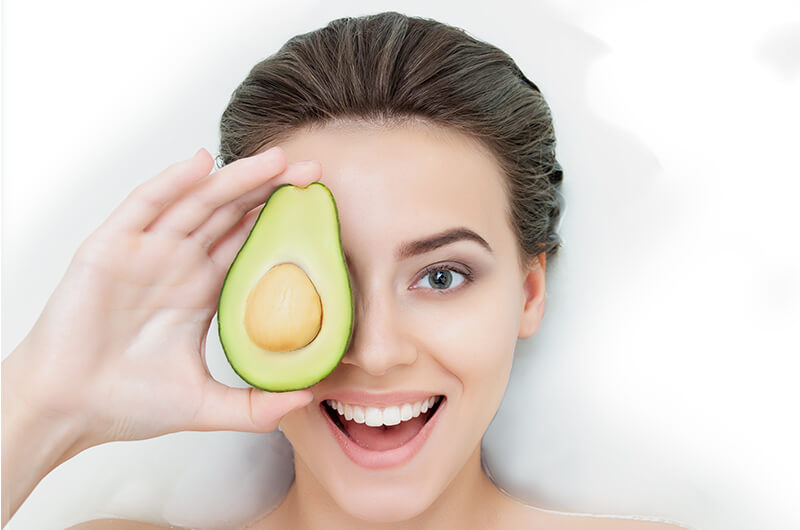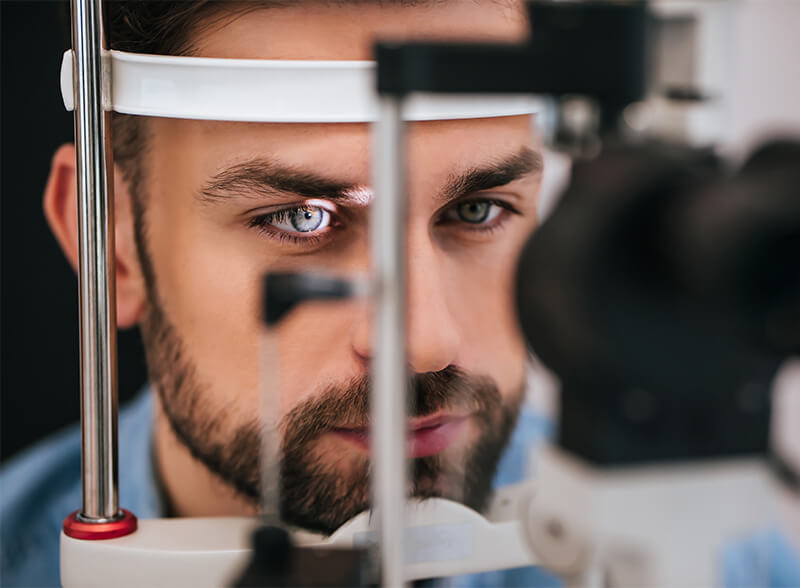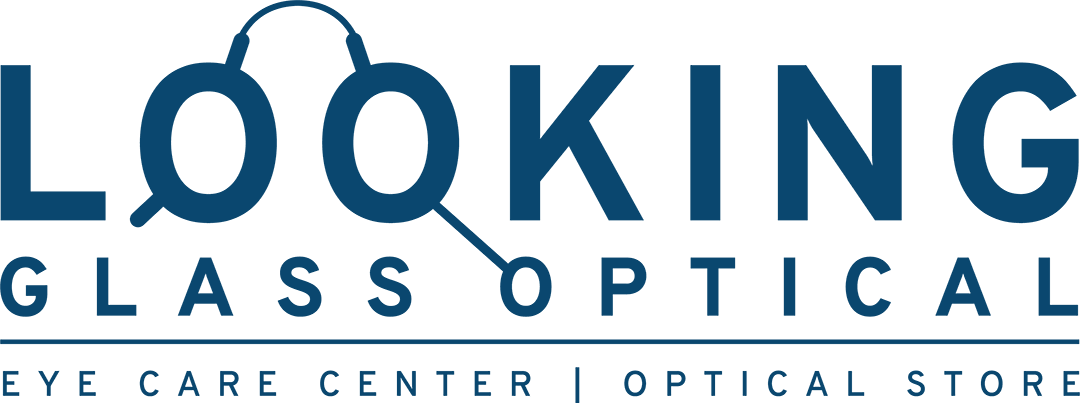Some amount of deterioration is expected as we age. It’s normal to lose bone density and muscle mass as well as have some sagging and wrinkles. You might not be able to stay up all night and function the next day as you did in your youth, or you might have to give up spicy foods. Unfortunately, some sensory deterioration is also expected. That said, there are things you can do to maintain bone and muscle strength and minimize the progression of lines and wrinkles, and in many cases, you can also stave off vision loss as you age. According to the National Eye Institute, a division of the National Institutes of Health (NIH), the risk for eye disease increases with age, but there are steps you can take to prevent vision loss. The first thing you need to do is understand the most common eye issues related to aging.
Read more →Your eyes deserve the same attention as the rest of your body. Pay your local optometrist an annual visit just like you do with your primary physician. If you don’t, there may be severe consequences for your health. Most common eye problems can be avoided through prevention and early detection.
Read more →You know when you see something out of the corner of your eye? That’s what we call your peripheral vision. It allows you to see objects all around you without moving your eyes or turning your head. Also called indirect or side vision, peripheral vision helps you sense motion, view objects and sceneries, and walk around without running into things. Learn more about this all-important visual component, including peripheral vision loss and testing, below.
Read more →2020 is here, and you have probably set some intentions for the coming year. You already know the importance of taking care of your physical health through exercise, sleep, and proper diet. However, did you know that some of these practices have the added benefit of maintaining your eye health? Setting regular eye care habits now can help you maintain healthy and robust vision for the rest of your life. Not sure where to start? Read on for a few simple tips on how to love your eyes.
Read more →One of the first parts of an eye exam includes a test of your vision, perhaps to determine changes in your eyesight or an eyeglass prescription. In addition, the doctor may perform what is called a pupil dilation test. This test is utilized to increase the size of the pupils so the doctor can view the entire retina. Learn more about the pupil dilation test as well other parts of the exam below.
Read more →When it comes to your health, your eyes may not be the first thing you think of. But, it’s important to protect your eyes today so you can enjoy healthy vision in the future. Plus, our eye health is tied to other parts of the body. As such, vision problems may be a warning sign that your overall health is suffering. That’s why vision centers all over the country, including Looking Glass Optical, recognize Healthy Vision Month in May.
Read more →Over 2.7 million Americans are living with glaucoma, according to the American Academy of Ophthalmology. However, with early detection and treatment, you can often protect your eyes against serious vision loss. But, what exactly is glaucoma, and how does the disease develop over time? Here are a few key facts you should know about glaucoma.
Read more →







